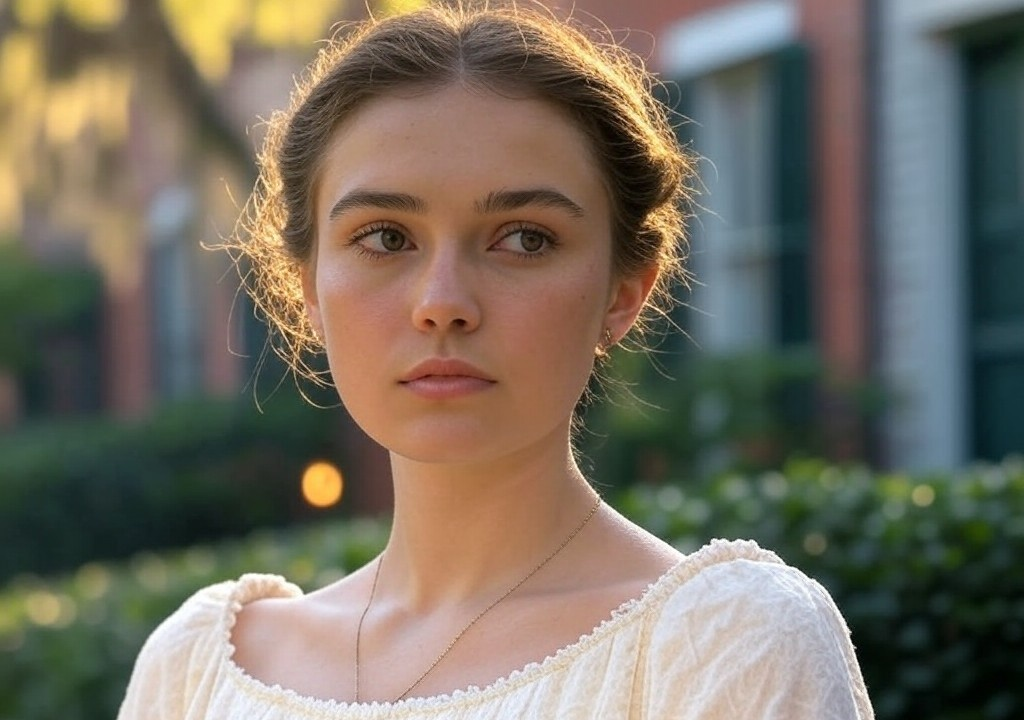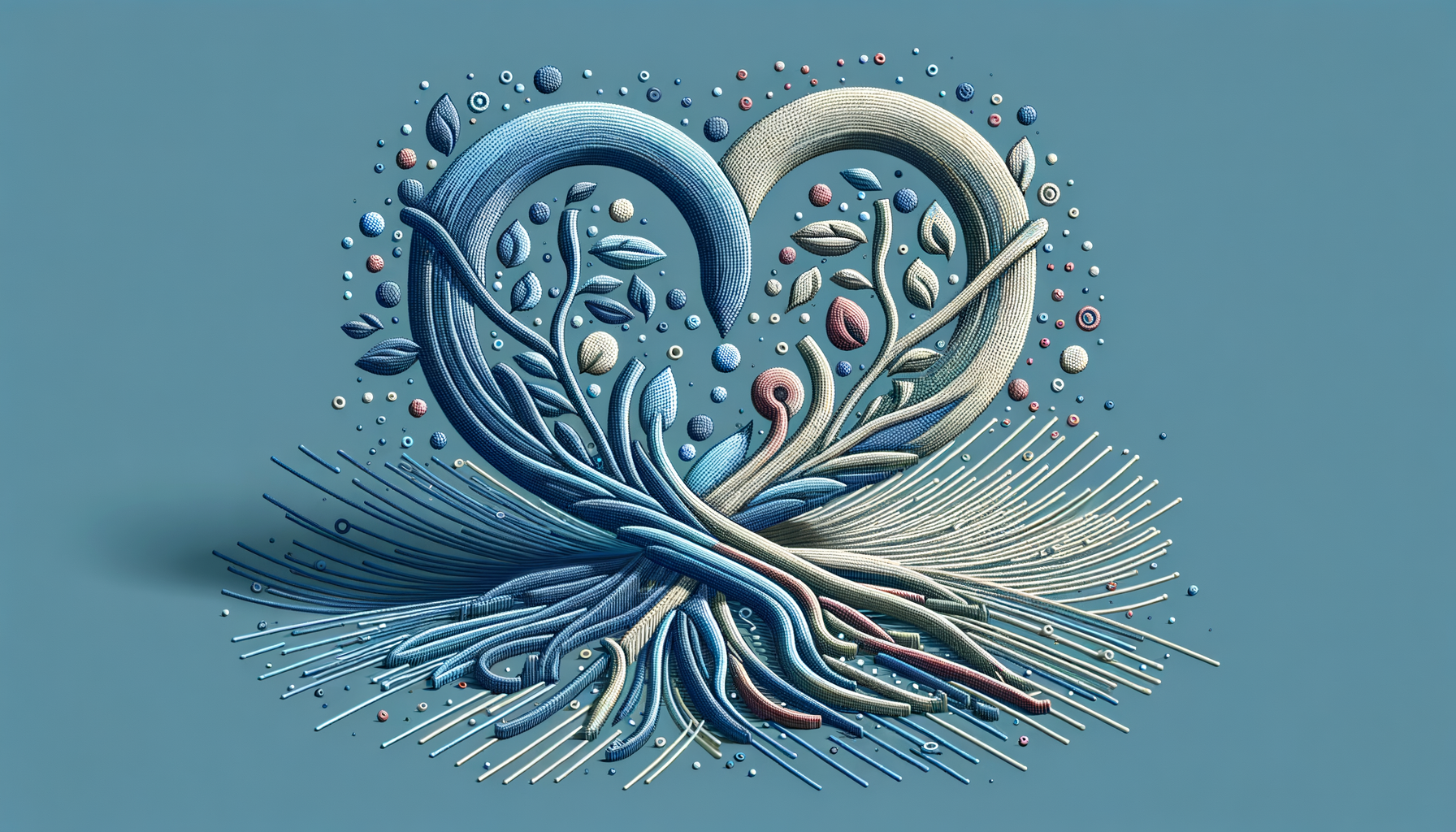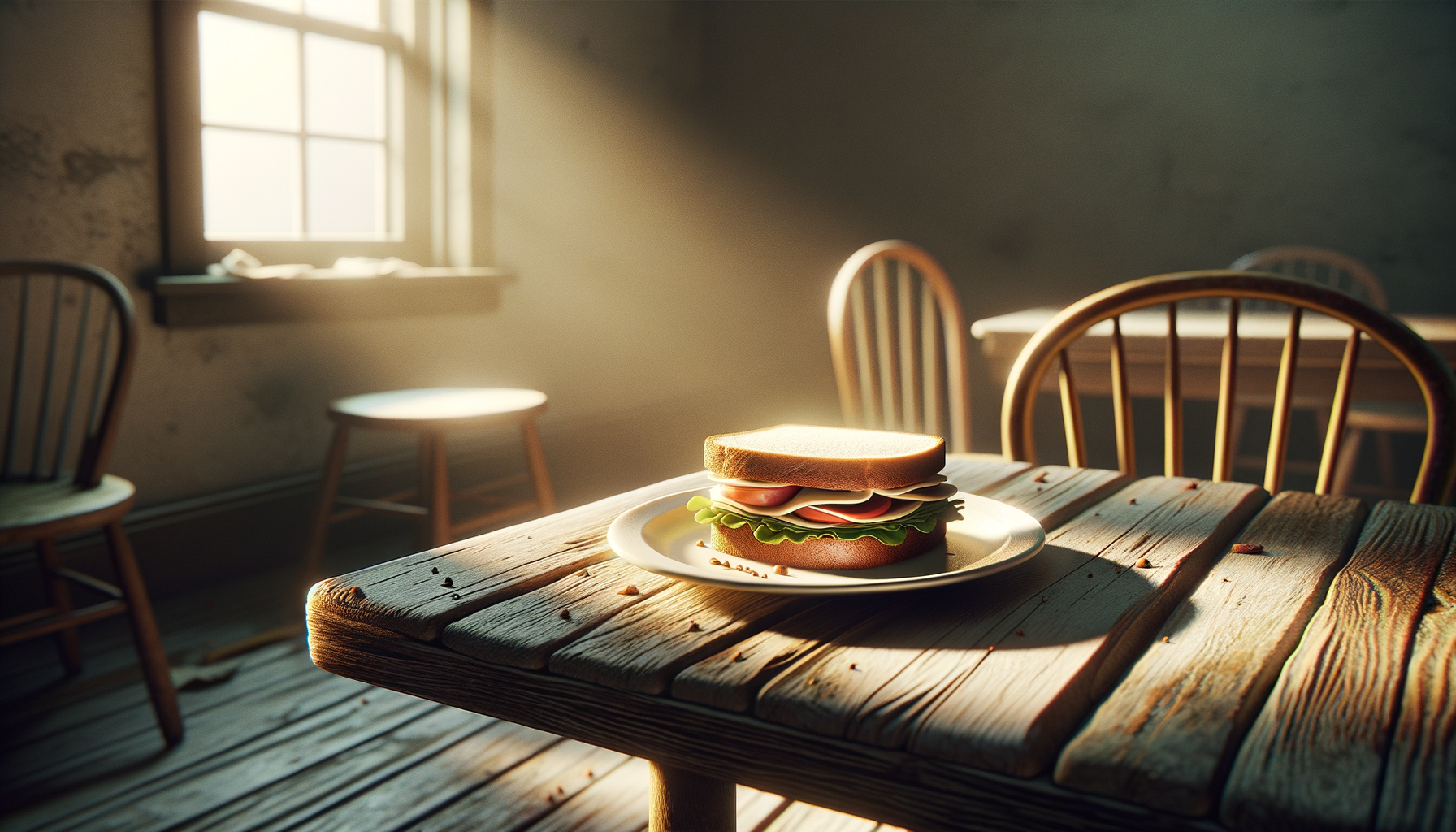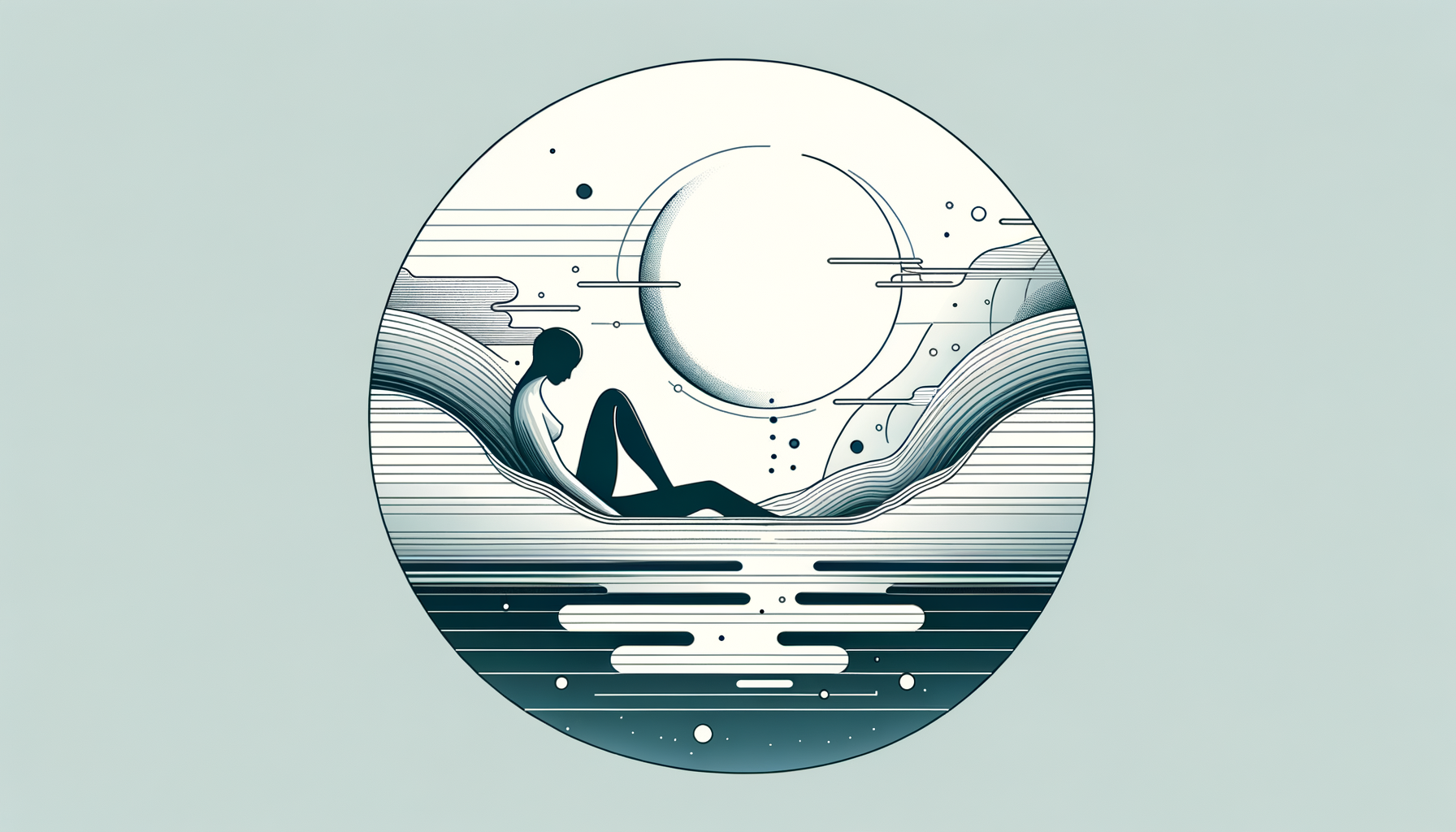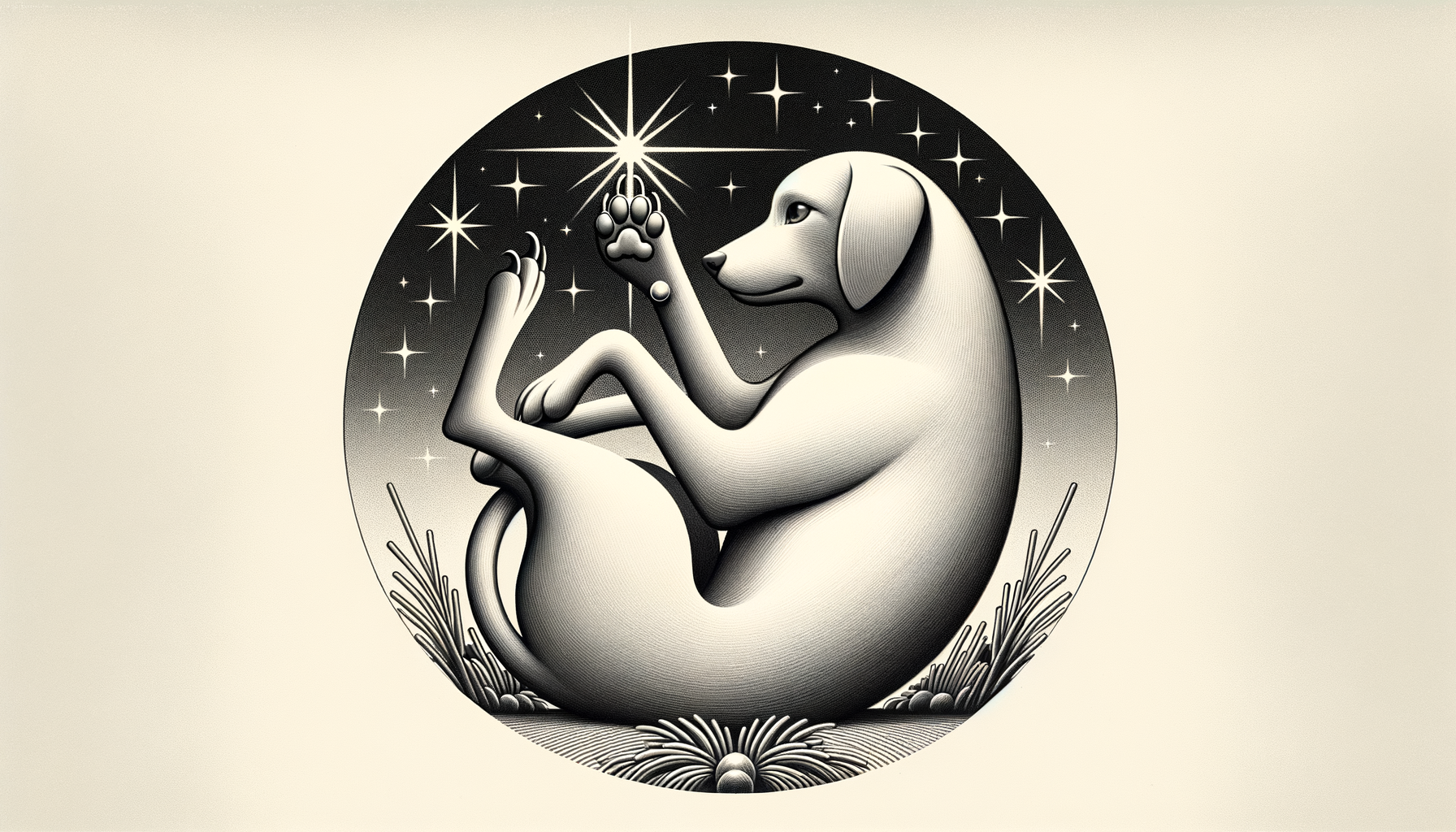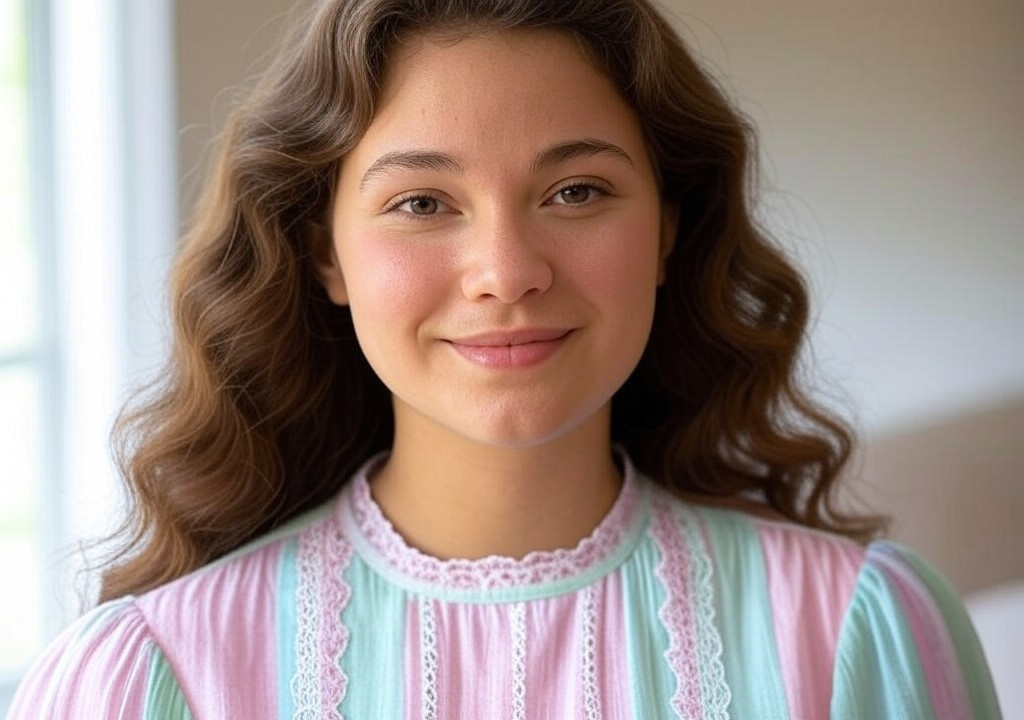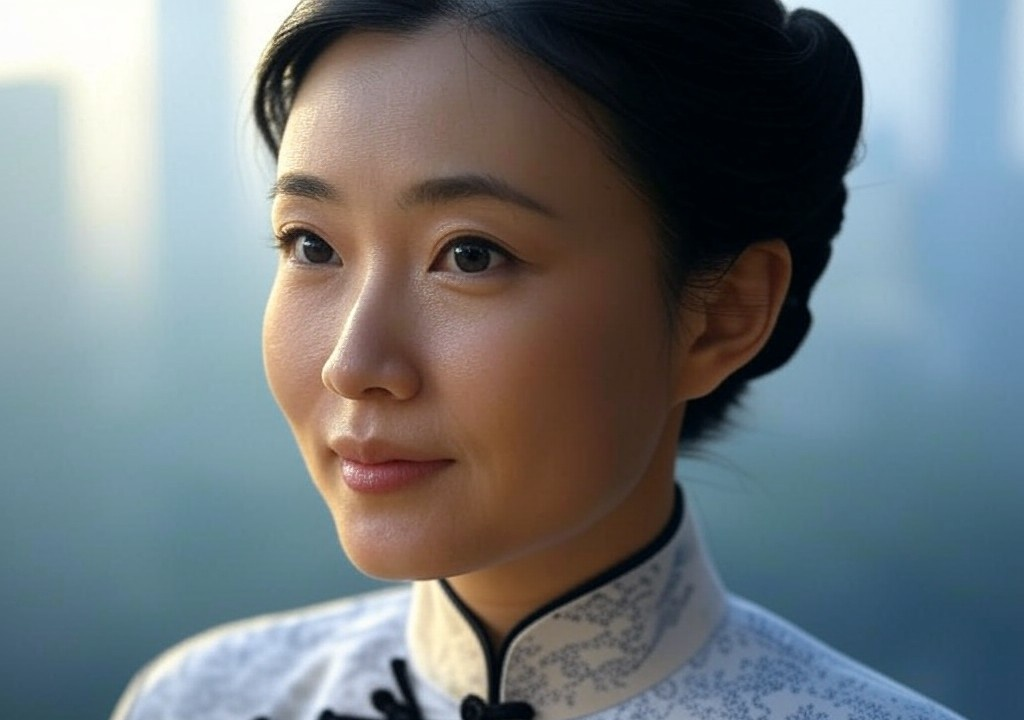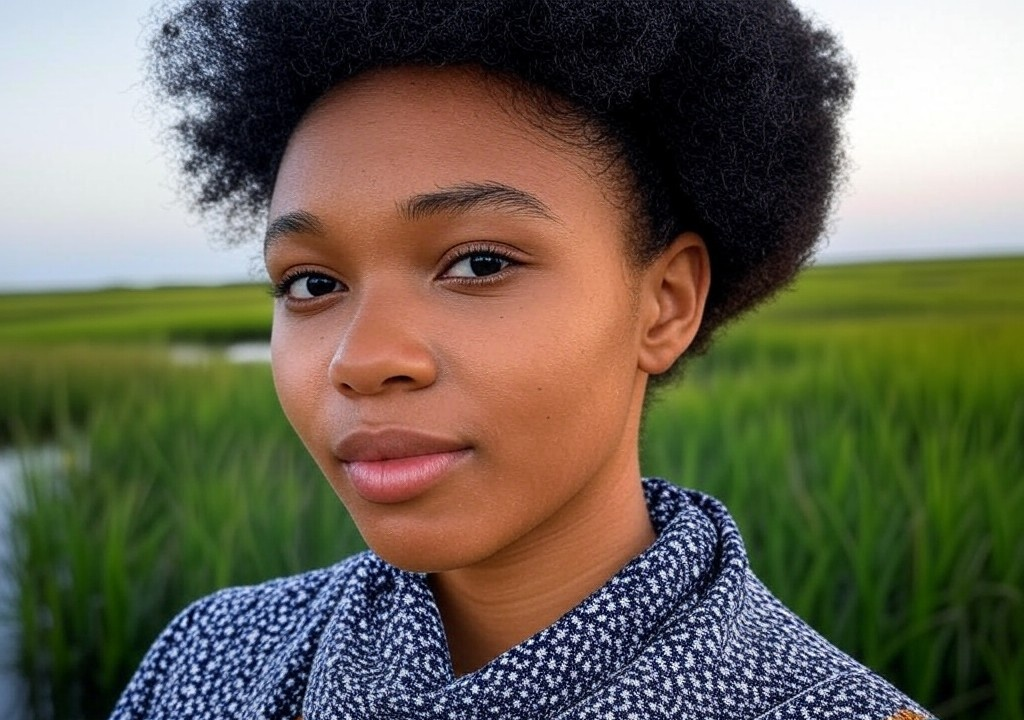The Family Myth I Grew Up Believing
There’s a story my mother loved to tell at dinner parties, always with a wistful smile and a glass of chardonnay in hand. “Your great-great-grandfather,” she’d begin, leaning forward like she was sharing a family secret as old as the Savannah oak trees, “fell in love with your great-great-grandmother the moment he saw her at a garden party in Charleston. He said she was wearing a pale blue dress, standing under a magnolia tree, and that she looked like an angel sent from heaven.”
Cue the collective sighs of romantic longing from her audience, amplified if said audience happened to include anyone under the age of thirty-five and still harboring hopes of being swept off their feet. As a child, I carried this story around like a polished heirloom, proof that true love—and meet-cutes under magnolia trees—was simply in my DNA. It wasn’t until much later that I began to wonder if this so-called angelic courtship tale was more fiction than family history. Spoiler alert: It was.
The Trouble With Perfect Stories
When you grow up with a story like that, you start to think life works like a Nicholas Sparks novel, minus the inevitable third-act tragedy. Imagine my disappointment when my first relationship fizzled out over a text message with such vague undertones that I wasn’t sure whether I’d been broken up with or offered an internship at a contemporary art gallery (“Thanks for an enriching experience” isn’t exactly the stuff of romance). Where was my magnolia tree moment?
The problem with family myths is their tendency to turn into life blueprints, especially when we’re young and impressionable. Whether it’s a sweeping love story, a rags-to-riches tale, or a declaration that your ancestors definitely fought alongside George Washington, these narratives teach us what to expect—and sometimes what to demand—from life. After all, if Great-Great-Grandfather could recognize his soulmate at a glance, shouldn’t love for me arrive like a thunderclap too?
It wasn’t until I spent a summer researching our family tree during grad school (admittedly, I was procrastinating on a thesis about antebellum architecture) that I started poking at the cracks in the story that had shaped my ideas about love.
The Magnolia Tree Revisited
First, I learned that the garden party in Charleston? It never happened. My great-great-grandparents actually met in a general store somewhere between Savannah and Beaufort while buying fishing hooks. No angels. No magnolias. Just two people awkwardly making small talk about bait options.
Romantic? Maybe, if you lean into the “ordinary magic” angle. But it certainly wasn’t the sweeping cinematic moment I’d been raised to believe in. And more importantly, as I pieced together letters, marriage records, and census logs, it became clear that their marriage was no more perfect than their original meeting. There were money troubles, personality clashes, and long stretches where Great-Great-Grandfather wasn’t much of an angel himself.
This realization hit me like a glass of sweet tea thrown squarely in the face. The myth that had long shaped my ideas about relationships wasn’t just untrue—it was limiting. By holding myself to an impossible standard of magnolia-tree courtships, I was missing out on appreciating the flawed, quirky, and downright weird ways that real love can take root.
Why We Cling to the Myth
There’s a comfort in believing the dazzling fairy tales our families pass down. After all, they’re designed to be comforting. We’d rather think of our ancestors swapping flirtatious glances over a Charleston veranda than arguing over fishing supplies in unevenly cobbled streets. These stories omit the messy complexities of the characters involved and instead give us an aspirational soapbox to stand on.
But here’s the rub: romanticizing the past can quietly strangle the future. It stops us from fully inhabiting the glorious, messy weirdness of our own love stories—the meet-stumbles instead of meet-cutes, the compromises, the “Why didn’t you replace the toilet paper roll?” spats that eventually pave the way to real intimacy.
Lessons From a Slightly Less Angelic Love Story
Unpacking my family’s myth didn’t just change the way I think about relationships; it gave me permission to embrace the imperfection of my own. Here’s what I’ve learned (sans magnolias):
-
Forget the Bolt of Lightning. Love doesn’t always announce itself like it’s auditioning for a rom-com. Sometimes it’s slow, a strange fondness that sneaks up on you while you’re debating whether pineapple belongs on pizza (it doesn’t, by the way), or accumulates over time after seeing someone help floss a fussy toddler’s teeth.
-
Beware of Filters. Whether it’s a sepia-toned family story or the sheen of a perfect Instagram couple, be wary of any narrative that makes love look too shiny. Love isn’t shiny. It’s the crook of a sweaty elbow during a July picnic and the half-apology you mumble after realizing you were hangry-rude.
-
Find Your Fishing Hooks. Okay, this one’s metaphorical, but it’s important. Take the ordinary as a cue: love often emerges in unexpected, unremarkable places—a kitchen table, a checkout line, or, yes, even over fishing hooks.
-
Celebrate the Real Stuff. My great-great-grandparents’ long-ago bickering over their limited budget doesn’t cheapen their story; it makes it relatable. No one gets through decades of marriage without some squabbles, but that’s where the good stuff lives: in the patience, forgiveness, and compromise we show each other every day.
Redefining the Myth
Sometimes I still hear my mother’s voice in my head, spinning the tale of the magnolia-draped angelic debutante. But now, I chuckle softly and think about the letters my great-great-grandparents exchanged. They were full of spelling errors, practical concerns, and gentle humor. Not exactly Shakespeare, but brimming with something better—proof that love can survive the unpolished reality of daily life.
Maybe it’s time we all gave ourselves permission to rewrite some of these myths and embrace something truer, messier, and infinitely more liberating. Real love doesn’t need a magnolia tree. Sometimes, love shows up when you’re buying bait and sticks around because you figure out how to tackle the messy, imperfect journey together. And that, I think, is even better than looking like an angel.


